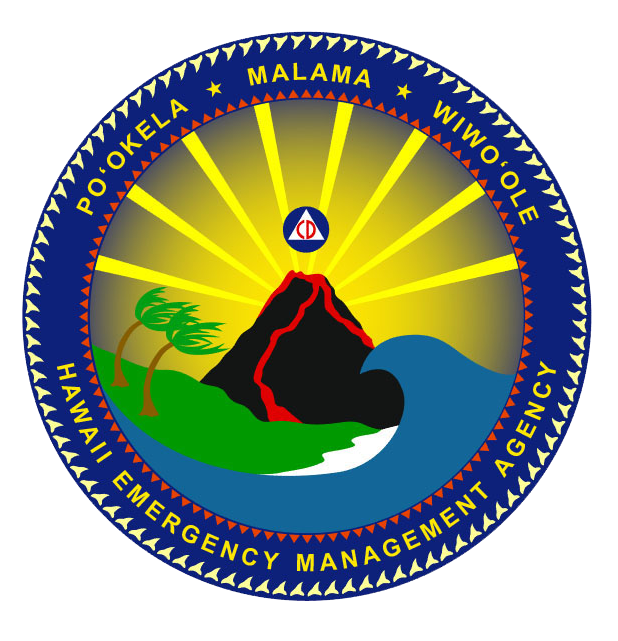Preparedness for Individuals with Disabilities, Access or Functional Needs
For the millions of Americans who have physical, medical, sensory or cognitive disabilities, emergencies such as fires, floods and acts of terrorism present a real challenge. The same challenge also applies to the elderly and other special needs populations. Communities should be mindful that certain individuals may have different needs in preparing for and responding to disaster. A significant portion of the population will either be unwilling or unable to respond for various reasons. People with disabilities may need more time than others to make necessary preparations in an emergency. Also the needs of older people often mimic those of persons with disabilities.
People who are audiably impaired may not receive early disaster warnings and emergency instructions because disaster warnings are often given by audible means such as sirens and radio announcements. Mentally disabled persons may be unable to understand the emergency and could become disoriented or confused about the proper way to react. People with epilepsy, Parkinsons disease and other conditions often have very individualized medication regime’s that cannot be interrupted without serious consequences. Some may be unable to communicate this information in an emergency. Some people who are blind or visually-impaired, especially older people, may be extremely reluctant to leave familiar surroundings when the request for evacuation comes from a stranger.
Create a Personal Support Network
A personal support network can help you prepare for a disaster. Members of your network can be roommates, relatives, neighbors, friends, and co-workers. They should be people you trust and who can check to see if you need assistance. They should know your capabilities and needs, and be able to provide help within minutes. They can do this by helping you identify and get the resources you need to cope effectively. Network members can also assist you after a disaster happens. Organize a network that includes your home, school, workplace, volunteer site, and any other places where you spend alot of time. Do not depend on only one person. Include a minimum of three people in your network for each location where you regularly spend a lot of time since people work different schedules and are not always available.
Planning for Disaster
Decide what you will be able to do for yourself and what assistance you may need before, during, and after a disaster. To complete a personal assessment, make a list of your personal needs and your resources for meeting them in a disaster environment. Learn about devices and other technology available to assist you in receiving emergency instructions and warnings. Prepare clear, specific and concise instructions for others who may be providing assistance who are not familiar with your needs.
If Disaster Strikes
If you are instructed to take shelter immediately, do so at once.
If you are instructed to evacuate
Should you need to leave, your first option and plan should be to go with family or friends first; familiar faces and places could help you be as comfortable as possible in a stressful situation. Emergency public shelters can provide a safe place to stay when available. However, they do not provide personal health care. If you require the care of a personal attendant and choose to go to a shelter, bring the attendant with you. Always inform members of your support network of your location and status.
If you or someone close to you has a disability or a special need, you may have to take additional steps to protect yourself and your family in an emergency.
| Disability or Special Need |
Additional Steps |
| Visually Impaired | May be extremely reluctant to leave familiar surroundings when the request for evacuation comes from a stranger. A guide dog could become confused or disoriented in a disaster. People who are blind or partially sighted may have to depend on others to lead them, as well as their dog, to safety during a disaster. |
| Hearing Impaired | May need to make special arrangements to receive warnings. |
| Mobility Impaired | May need special assistance to get to a shelter. |
| Non-English Speaking persons | May need assistance planning for and responding to emergencies. Community and cultural groups may be able to help keep people informed. |
| People without vehicles | May need to make arrangements for transportation. |
| People with special dietary needs | Should take special precautions to have an adequate emergency food supply. |
| People with medical conditions | Should know the location and availability of more than one facility if dependent on a dialysis machine or other life-sustaining equipment or treatment. |
| Mentally Disabled persons | May need help responding to emergencies and getting to a shelter. |
| People with dementia | Should be registered in the Alzheimer’s Association Safe Return Program |
